Sometime during the fall I distinctly remember telling Nancy that I no longer considered the log cabin we had been building to be a construction job but rather an art project. Although this new guest cottage was small, (it sat on a 14 by 20 foot foundation) it had taken a good deal more time and effort to build than I had originally anticipated. There had been a lot more thought and detail than anticipated, yet instead of becoming frustrated I had instead been challenged and invigorated. Working on it had sired up my creative juices. When we had first decided to build a guest house I had envisioned a small cabin that would portray the ambiance of an early Idaho homestead. What I hadn’t considered was how much painstaking craftsmanship it would require beyond a normal conventional structure. You may recall that we had designed the cabin after a Thomas Kinkade painting called, “A Peaceful Retreat”. (See entry #190 – March 14th – found under the Construction project category.) From the beginning we had it in mind to create more of an experience for those who would be staying in the guest cottage than simply a comfortable place to sleep. This not only required some creative thought, but quite a bit of extra work. Constructing the chimney was one good example of this.
I’m not fond of fireplace chimneys that are veneered with artificial cultured stone; from my perspective they look too perfect for the homestead appearance we have endeavored to achieve here at Timber Butte. For this cabin especially we wanted the chimney to look as if it were a hundred years old and built by a non-professional. (Not too hard to achieve when you’re a non-professional.) Because of this it had taken me a good deal of time just to collect enough squared off pieces of granite to stack the required twenty foot high column. Because of the weight of the rock and mortar I was only able to build a couple of feet of chimney a day in order to allow adequate drying time between sets. As a result it took me more than a month to build it to its full height. It was tedious painstaking work that required dozens of trips up and down an extension ladder carrying rocks of every size and bucket after bucket of wet mortar. Putting on the final cap stone gave me a really wonderful feeling of satisfaction.
Chinking between the logs was another all consuming project. I didn’t know if I had either the patience or the skill that would be required to chink the cabin’s walls both inside and out. This job was not only necessary to keep the cold winter drafts for seeping in, but also to keep the mice, bugs and wasps from making homes within the many open cracks. It was a smart decision when Nancy suggested we hire our friend Eric McCray to take the project on. Eric was by profession a tile setter. He is a detail guy and a perfectionist and although he had never chinked a cabin before we knew he would undoubtedly be the right guy for the job. Eric is the overseer of our Bible school at Boise Vineyard and because he and his wife Melissa raise their own financial support for ministry he accepted the offer. Watching Eric work was, again more like watching an artist than a construction laborer.
Figuring out what to do about windows was yet another dilemma. We felt that commercially vinyl or metal windows would look totally wrong for the feel we were looking for. We also knew that contemporary small-paned wooden framed windows were out of our price range. Finding windows that had the homemade vintage style we had envisioned were nowhere to be found. We desired windows that would not only look like they belonged in a heritage log cabin but were energy efficient as well; double pained and tight fitting. In the end we decided that our only option was to construct them ourselves. This I did, first building the wooden frames and grids and then custom ordering the double pained insulated glass inserts that would be set into them. Again, this project required many labor intensive hours of meticulous woodworking, yet in the end we installed the ten windows needed for the price of one high-end store bought wood-framed window. Not only did our handmade windows give the little cabin the right look and feel, but having built them gave us a great satisfaction that could have only come though exercising creative imagination rather than a commercial purchase.
We are still a long way from being finished with our project, but because we are holding the perception that what we are doing is art rather than simply a building project has allowed us to enjoy the process.

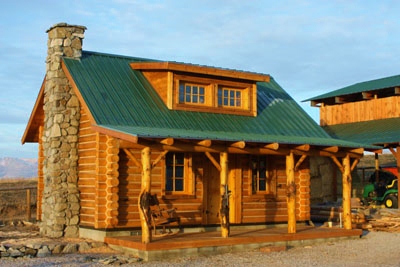
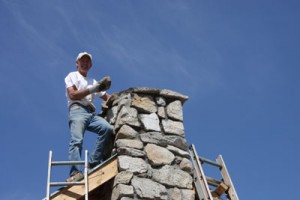
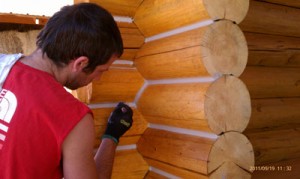
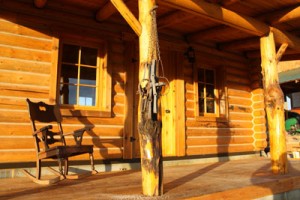
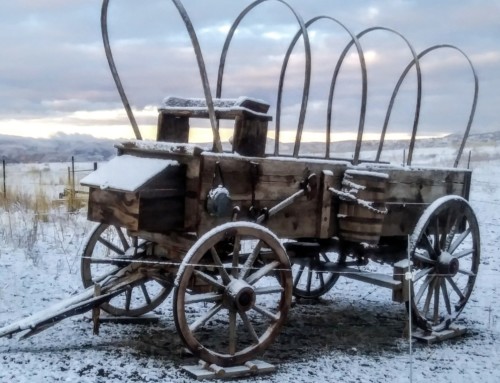
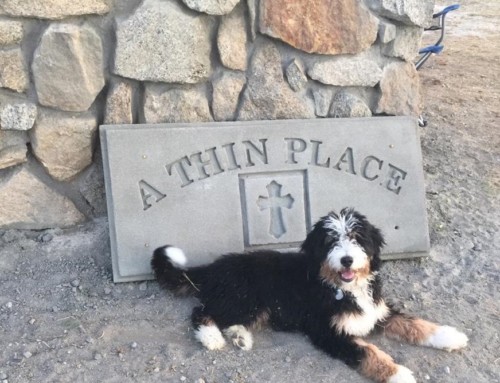
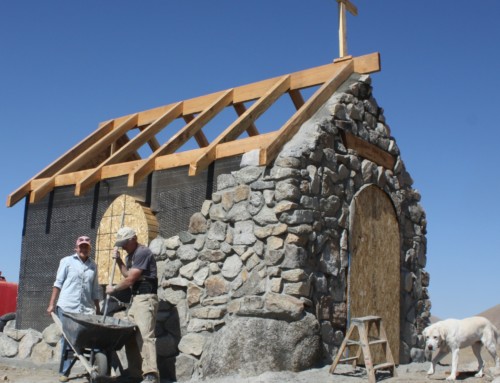
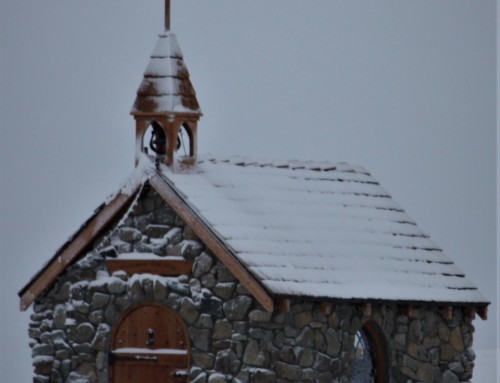
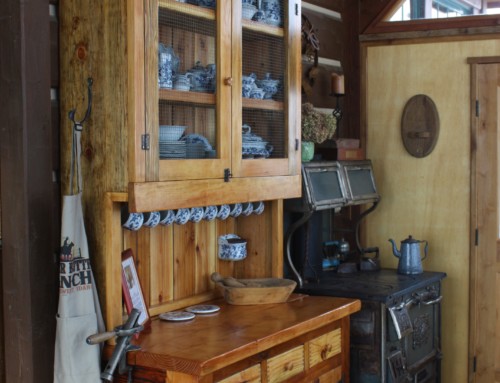
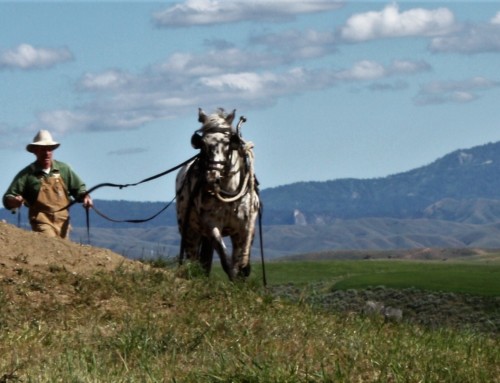
Leave A Comment
You must be logged in to post a comment.